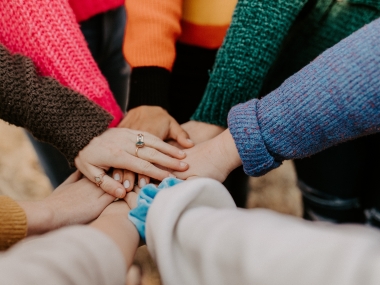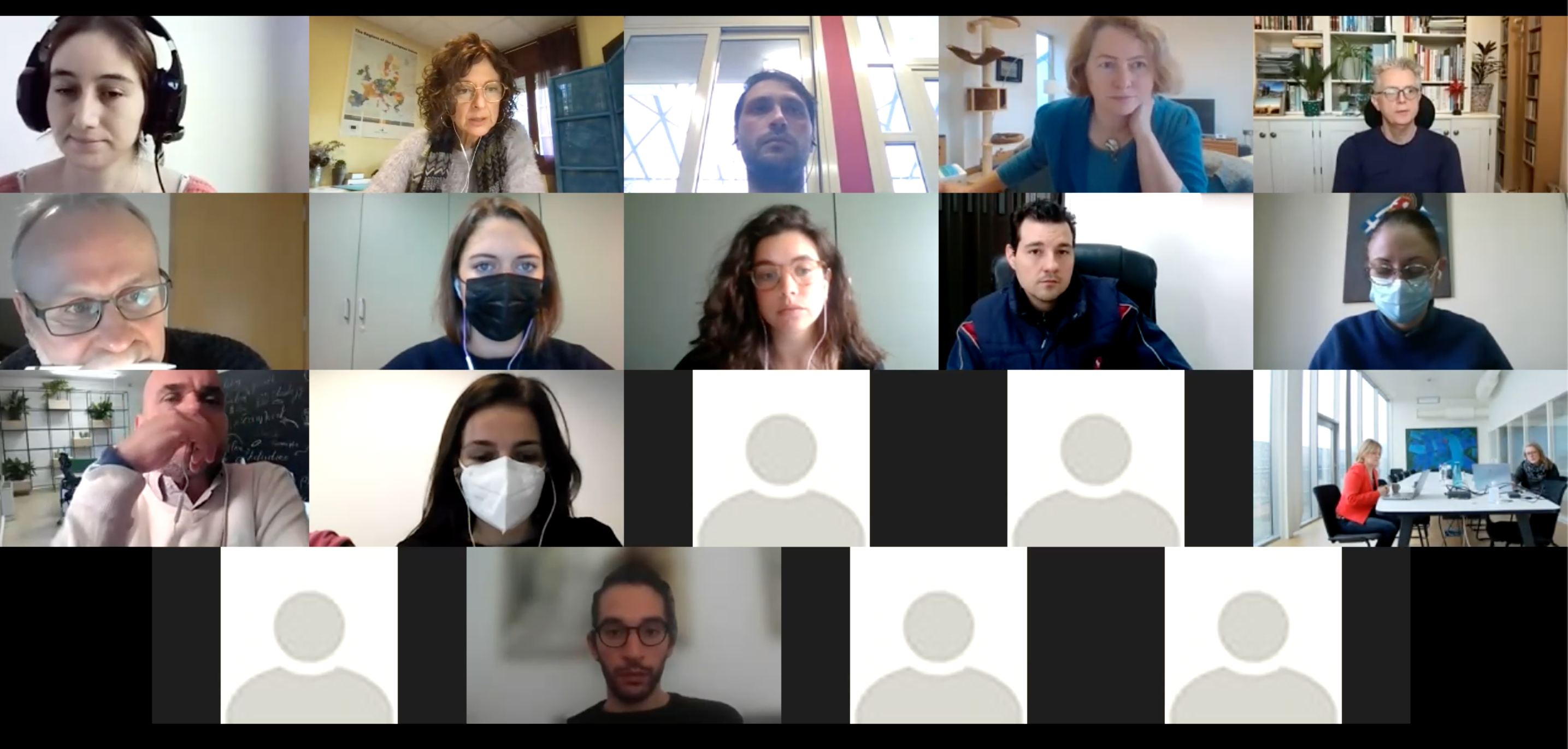Vilawatt UTM Learning Webinars - How to convince citizens and companies in the city to be more efficient in their energy use
Edited on
31 January 2022In the last Vilawatt UTM webinar, the partner cities had the opportunity to discuss another of the fundamental issues for the transfer process of the Vilawatt Innovative Practice in depth: How to convince citizens and companies in the city to be more efficient in their energy use.

How can we promote energy-efficient practices amongst citizens? Would it be useful to implement a local currency capitalising the savings? Could the incentive be a digital voucher? Or are there other smart solutions? In Viladecans, for example, a local currency has been developed as an instrument to capitalise and return energy savings to the local economy, thereby promoting it and making it more circular. But this is just one possible solution. Each of the project’s partner cities will develop their own in line with their characteristics, resources and the local context. The end goal is none other than to encourage efficient energy use and draw citizens and companies to the project. But what kinds of incentives should we offer people to spur them to take the step towards sustainable energy solutions? How can we promote and encourage behaviour change?

Psychologist Dorothy Heffernan, a specialist in human behaviour, shared her insights on how to ‘Change behaviour through an understanding of motivation and incentives’. Heffernan explained how human beings feel naturally attracted to pleasant things that represent a value or solve a need, almost like a magnetic pull. The psychologist points out that pleasant experiences are often associated with where they happen, what surrounds them, and the people who are around when they happen. This information is very useful to think about how people move around the city and what these places can offer. Therefore, if our goal is to change behaviours, we must change the environment in which they happen and offer incentives for it.
Heffernan also explains that ‘Humans are natural energy savers, people don’t like to spend more energy than they have to,’ adding that incentives can be a motivational booster, so long as they are perceived assomething exciting, and offer tangible results and benefits. Because of this, gamified actions are usually highly effective as the rewards can be adapted to different targets and they also include an element of ‘surprise’, with obtaining the reward being the result of active participation. Another incentive that goes beyond personal gain is social recognition. Human beings, as a social species, are also motivated by the desire for recognition. This recognition can be gained by doing things differently, in a way that allows for a collective improvement that benefits the entire community.
Maria Jabbour, from Ecoserveis, a non-profit consultancy specialised in energy issues, highlights that the low citizen participation in energy transition projects is often due to a lack of information on the associated benefits or incentives, and sometimes, due to barriers that prevent access to them. Some of the projects the consultancy is currently participating in focus on improving this issue. For example, the innovative European project ‘Energia Solar per a tothom’ (Solar Energy for All), which involves 30 families living in energy poverty in 6 Catalan municipalities, is committed to leaving no one behind in the transition to sustainable energy and allows access to solar energy programmes to families that, otherwise, due to linguistic, financial, or educational barriers, would not have access. Or the public-community collaboration project ‘CEL Mataró’, which envisages the establishment of an energy community made up of 100 families — who will receive 1 kW from the solar panels installed in a municipal sports facility — and which will include workshops to invite families to participate in the project.
Another way to foster awareness and engagement amongst the local public are Energy Assessment Points. These points facilitate contact with citizens, who receive advice and help to install free energy-efficiency kits to improve the comfort range of their homes. They are also offered help to understand the energy savings they will achieve by reading their bills. Other incentives to consider according to Jabbour are municipal tax deductions, which citizens are often unaware of and can be as generous as 95%, in certain cases.
To wrap up the webinar, Elisa Poch de Feliu, Project Management Support at Vilawatt UTM (Viladecans), explained three of Vilawatt’s incentives that are currently underway in Viladecans. The first is the ‘Catalogue of services and companies for sustainable construction and energy efficiency’, an initiative that aims to give visibility to companies that include sustainable services and products in their portfolios and put them in contact with users who want to renovate their homes or install insulation. In order to be included in the catalogue, companies have to meet a series of environmental requirements — some mandatory, others optional — and they are awarded a Vilawatt seal with 1, 2 or 3 stars or levels depending on the number of accredited requirements.
The second is the ‘Vilawatt Awards’, an economic incentive that empowers citizens to make their homes, businesses and schools more energy efficient. These awards are granted annually for an amount of up to €800 per family and are awarded based on a series of pre-established criteria that assess the energy-efficiency actions carried out. Finally, the third project is the future establishment in Viladecans of the first three energy communities, which will be part of the Vilawatt Consortium.
Submitted by Miriam Martín on
